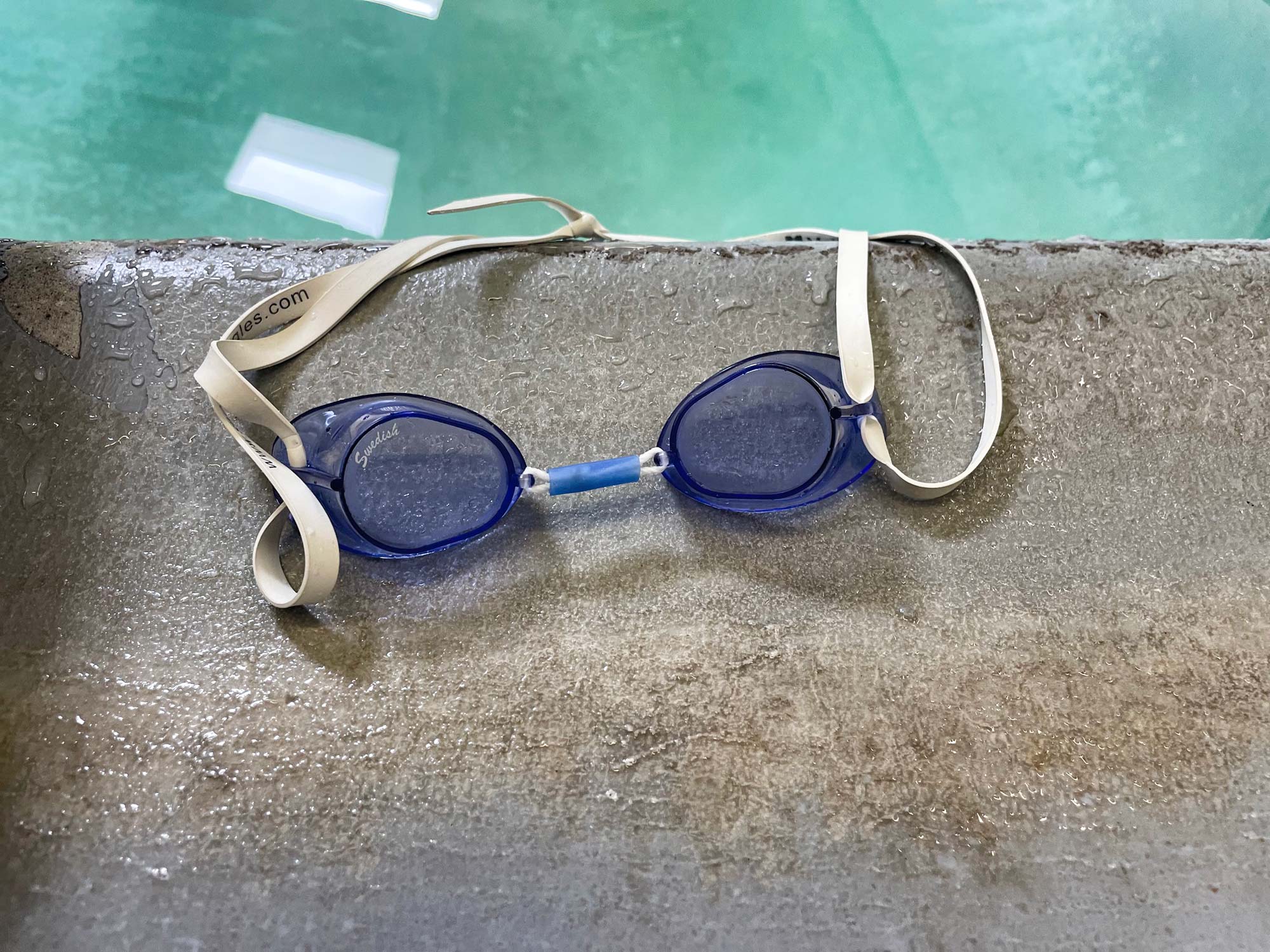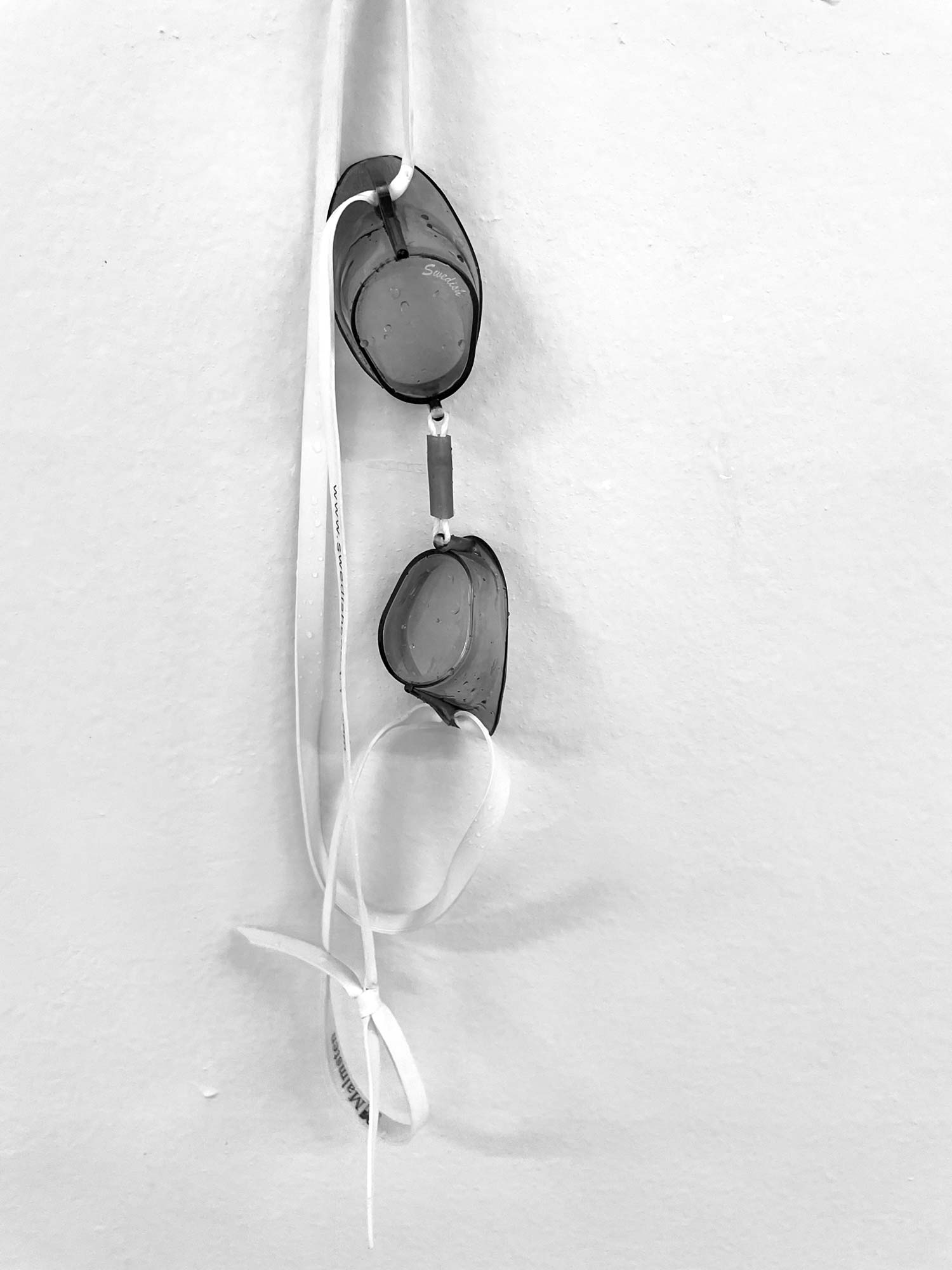Favorite gear: Swedish goggles
Many people who never swam competitively, or didn’t do so in the 80s or 90s, tend to view Swedish-style goggles as some kind of rudimentary aquatic torture device. Or at least such has been my experience when people see my swim goggles for the first time.

Lacking a foam or silicone gasket for padding, Swedish goggles are about as basic as goggles can get. Shipped unassembled with two plastic cups of various colors, a piece of string, a plastic tube to encase the string, and a latex strap, they are easily the most minimalist swim goggles available.
Anyone who did swim competitively, especially in the 80s and 90s, will immediately recognize Swedish goggles. They were ubiquitous among national team and Olympic swimmers for at least two decades, and continue to be worn by old-school swimmers at national and international competitions.
Manufactured by the Swedish company Malmsten AB since the 1970s, Swedish goggles were something of an authenticity signifier when I was younger, declaring the wearer as a “real swimmer.” As silly as that sounds (and is), Swedish goggles were somewhat difficult to get your hands on, at least if you lived in a small Wyoming town, as I did. In those days, you couldn’t exactly fire up Amazon and order them. Consequently, for some at least, Swedish goggles were only available from vendors at some of the regional swim meets, competitions usually reserved for stronger swimmers.

Swedish goggles aren’t nearly as uncomfortable as they look. In fact, the low profile and ergonomic fit reduce friction in the water, making them more stable than goggles that protrude from your face. The plastic is molded in such a way as to distribute pressure evenly around the eye, preventing “dig in,” which I’ve found to be more common with gasketed goggles.
There is, of course, the matter of habituation. I’ve simply been wearing these things when swimming for nearly 30 years. I know they’re not for everyone.
In fact, there is one swimming venue in which I would tend to reach for something else: crowded open water swimming. I have worn Swedish goggles for open water swimming, namely a few triathlons and when I swam with the River Huggers Swim Team, but they’re not ideal for that kind of swimming. Getting kicked in the face while swimming is never fun, but it’s common when swimming in open water with other competitors, and it’s especially unpleasant with Swedish goggles.
That said, I don’t own any other style of goggles, so I suppose I’ll swim under that bridge again when I get to it.